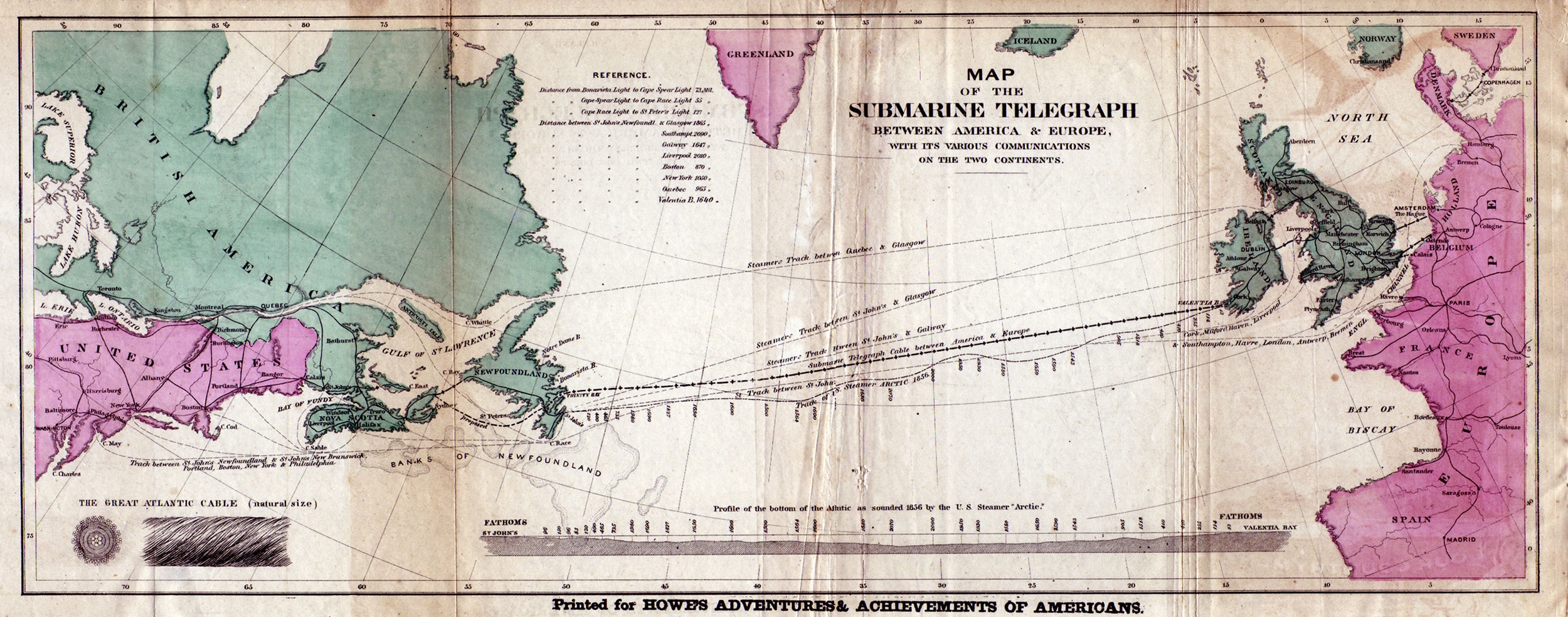|
Valerian Gribayédoff
Valerian Michaylovich Griboedov formerly romanized as: Valerian Michaelovich Gribayedoff (Russian: Валериан Михайлович Грибоедов) (1858–1908) was a Russian journalist and illustrator. He is most famous for introducing illustrated drawings into newspapers and capturing some of the only photos during the trial for the Dreyfus Affair in 1897. He was born in Kronstadt, Russia in 1858, and many believed him to have been of noble birth, possibly related to Alexander Griboyedov. Educated in St. Petersburg, England, France, and Germany, he came later to America working as a journalist, rising to prominence by recreating drawings from photos to be included in the newspapers that were more lifelike than any others in the field. His only book, ''The French Invasion of Ireland in '98'', was published in 1890. In 1897 he left the United States for Paris, covering the Dreyfus Affair. His last work for an American newspaper was covering the Russo-Japanese War as a co ... [...More Info...] [...Related Items...] OR: [Wikipedia] [Google] [Baidu] |
Kronstadt
Kronstadt (, ) is a Russian administrative divisions of Saint Petersburg, port city in Kronshtadtsky District of the federal cities of Russia, federal city of Saint Petersburg, located on Kotlin Island, west of Saint Petersburg, near the head of the Gulf of Finland. It is linked to the former Russian capital by a combination levee-causeway-seagate, the St Petersburg Dam, part of the city's flood defences, which also acts as road access to Kotlin island from the mainland. Founded in the early 18th century by Peter the Great, it became an important international centre of commerce whose trade role was later eclipsed by its strategic significance as the primary maritime defence outpost of the former Russian capital.#Kaplan, Kaplan, 1995 The main base of the Russian Baltic Fleet was located in Kronstadt, guarding the approaches to Saint Petersburg. In March 1921, the island city was the site of the Kronstadt rebellion. The historic centre of the city and its fortifications are par ... [...More Info...] [...Related Items...] OR: [Wikipedia] [Google] [Baidu] |
19th-century Journalists From The Russian Empire
The 19th century began on 1 January 1801 (represented by the Roman numerals MDCCCI), and ended on 31 December 1900 (MCM). It was the 9th century of the 2nd millennium. It was characterized by vast social upheaval. Slavery was abolished in much of Europe and the Americas. The First Industrial Revolution, though it began in the late 18th century, expanded beyond its British homeland for the first time during the 19th century, particularly remaking the economies and societies of the Low Countries, France, the Rhineland, Northern Italy, and the Northeastern United States. A few decades later, the Second Industrial Revolution led to ever more massive urbanization and much higher levels of productivity, profit, and prosperity, a pattern that continued into the 20th century. The Catholic Church, in response to the growing influence and power of modernism, secularism and materialism, formed the First Vatican Council in the late 19th century to deal with such problems and confir ... [...More Info...] [...Related Items...] OR: [Wikipedia] [Google] [Baidu] |
People From Petergofsky Uyezd
The term "the people" refers to the public or common mass of people of a polity. As such it is a concept of human rights law, international law as well as constitutional law, particularly used for claims of popular sovereignty. In contrast, a people is any plurality of persons considered as a whole. Used in politics and law, the term "a people" refers to the collective or community of an ethnic group or nation. Concepts Legal Chapter One, Article One of the Charter of the United Nations states that "peoples" have the right to self-determination. Though the mere status as peoples and the right to self-determination, as for example in the case of Indigenous peoples (''peoples'', as in all groups of indigenous people, not merely all indigenous persons as in ''indigenous people''), does not automatically provide for independent sovereignty and therefore secession. Indeed, judge Ivor Jennings identified the inherent problems in the right of "peoples" to self-determination, as i ... [...More Info...] [...Related Items...] OR: [Wikipedia] [Google] [Baidu] |
1908 Deaths
This is the longest year in either the Julian or Gregorian calendars, having a duration of 31622401.38 seconds of Terrestrial Time (or ephemeris time), measured according to the definition of mean solar time. Events January * January 1 – The British Nimrod Expedition, ''Nimrod'' Expedition led by Ernest Shackleton sets sail from New Zealand on the ''Nimrod (1867 ship), Nimrod'' for Antarctica. * January 3 – A Solar eclipse of January 3, 1908, total solar eclipse is visible in the Pacific Ocean and is the 46th solar eclipse of Solar Saros 130. * January 13 – A fire breaks out at the Rhoads Opera House fire, Rhoads Opera House in Boyertown, Pennsylvania, killing 171 people. * January 15 – Alpha Kappa Alpha, the first race inclusive sorority is founded on the campus of Howard University in Washington, D.C. * January 24 – Robert Baden-Powell's ''Scouting for Boys'' begins publication in London. The book eventually sells over 100 million copies, and effectively be ... [...More Info...] [...Related Items...] OR: [Wikipedia] [Google] [Baidu] |
1858 Births
Events January–March * January 9 ** Revolt of Rajab Ali: British forces finally defeat Rajab Ali Khan of Chittagong. ** Anson Jones, the last president of the Republic of Texas, commits suicide. * January 14 – Orsini affair: Piedmontese revolutionary Felice Orsini and his accomplices fail to assassinate Napoleon III in Paris, but their bombs kill eight and wound 142 people. Because of the involvement of French émigrés living in Britain, there is a brief anti-British feeling in France, but the emperor refuses to support it. * January 25 – The '' Wedding March'' by Felix Mendelssohn becomes a popular wedding recessional, after it is played on this day at the marriage of Queen Victoria's daughter Victoria, Princess Royal, to Prince Friedrich of Prussia in St James's Palace, London. * January ** Benito Juárez becomes the Liberal President of Mexico and its first indigenous president. At the same time, the conservatives installed Félix María Zuloaga as a ... [...More Info...] [...Related Items...] OR: [Wikipedia] [Google] [Baidu] |
Gradobor
Pentalofos (, , is a village and a community of the Oraiokastro municipality. Before the 2011 local government reform it was part of the municipality of Kallithea, of which it was a municipal district. The 2021 census recorded 1,871 inhabitants in the village. The community of Pentalofos covers an area of 29.874 km2. History In 1845 the Russian slavist Victor Grigorovich recorded ''Gradobor'' as a mainly Bulgarian village. "...лежат в горах села: Орманкиой, Градобор, Новосело, Дермища, три Каваклии, Юнци, Конар� ... [...More Info...] [...Related Items...] OR: [Wikipedia] [Google] [Baidu] |
Atanas Gradoborliyata
Atanas Gradoborliyata (, ; 1860 - 24 May 1903) was a Macedonian Bulgarian revolutionary, a worker of the Internal Macedonian-Adrianople Revolutionary Organization (IMARO). Atanas Gradoborliyata was born in the Bulgarian majority village of Gradobor (now Pentalofos, Kallithea municipality, Thessaloniki regional unit), in the Salonika Vilayet of the Ottoman Empire. Together with Ivancho Karasuliyata, Iliya Karchovaliyata, Apostol Petkov and others, he was among the old workers of the revolutionary organization on which Gotse Delchev relied in the first years of IMARO's consolidation. As a leader of a revolutionary band, Atanas Gradoborliyata and all his freedom fighters died in 1903 near the village of Gradobor, poisoned by (sic) Grecomans Grecomans or Graecomans (; ; ; ; ; ) is a pejorative term used in Bulgaria, North Macedonia, Romania, and Albania to characterize Albanian-speaking, Aromanian-speaking, and Slavic-speaking people who self-identify as ethnic Greeks. In the ... [...More Info...] [...Related Items...] OR: [Wikipedia] [Google] [Baidu] |
Henry Edward Manning
Henry Edward Manning (15 July 1808 – 14 January 1892) was an English prelate of the Catholic Church, and the second Archbishop of Westminster from 1865 until his death in 1892. He was ordained in the Church of England as a young man, but converted to Catholicism in the aftermath of the Gorham judgement. Early life Manning was born on 15 July 1808 at his grandfather's home, Copped Hall, Totteridge, Hertfordshire. He was the third and youngest son of William Manning, a prominent merchant and slave owner, who served as a director and (1812–1813) as a governor of the Bank of England and also sat in Parliament for 30 years, representing in the Tory interest Plympton Earle, Lymington, Evesham and Penryn consecutively. Manning's mother, Mary (died 1847), daughter of Henry Lannoy Hunter, of Beech Hill, and sister of Sir Claudius Stephen Hunter, 1st Baronet, came from a family of French Huguenot extraction. Manning spent his boyhood mainly at Coombe Bank, Sundridge, Kent, ... [...More Info...] [...Related Items...] OR: [Wikipedia] [Google] [Baidu] |
New York World
The ''New York World'' was a newspaper published in New York City from 1860 to 1931. The paper played a major role in the history of American newspapers as a leading national voice of the Democratic Party. From 1883 to 1911 under publisher Joseph Pulitzer, it was a pioneer in yellow journalism, capturing readers' attention with sensation, sports, sex and scandal and pushing its daily circulation to the one-million mark. It was sold in 1931 and merged into the ''New York World-Telegram''. History Early years The ''World'' was founded in 1860. From 1862 to 1876, it was edited by Manton Marble, who was also its proprietor. During the 1864 United States presidential election, the ''World'' was shut down for three days after it published forged documents purportedly from Abraham Lincoln. Marble, disgusted by the defeat of Samuel Tilden in the 1876 presidential election, sold the paper after the election to a group headed by Thomas A. Scott, the president of the Pennsylvania ... [...More Info...] [...Related Items...] OR: [Wikipedia] [Google] [Baidu] |
Journalist
A journalist is a person who gathers information in the form of text, audio or pictures, processes it into a newsworthy form and disseminates it to the public. This is called journalism. Roles Journalists can work in broadcast, print, advertising, or public relations personnel. Depending on the form of journalism, "journalist" may also describe various categories of people by the roles they play in the process. These include reporters, correspondents, citizen journalists, Editorial board, editors, Editorial board, editorial writers, columnists, and photojournalists. A reporter is a type of journalist who researches, writes and reports on information in order to present using source (journalism), sources. This may entail conducting interviews, information-gathering and/or writing articles. Reporters may split their time between working in a newsroom, from home or outside to witness events or interview people. Reporters may be assigned a specific Beat reporting, beat (area of cov ... [...More Info...] [...Related Items...] OR: [Wikipedia] [Google] [Baidu] |




